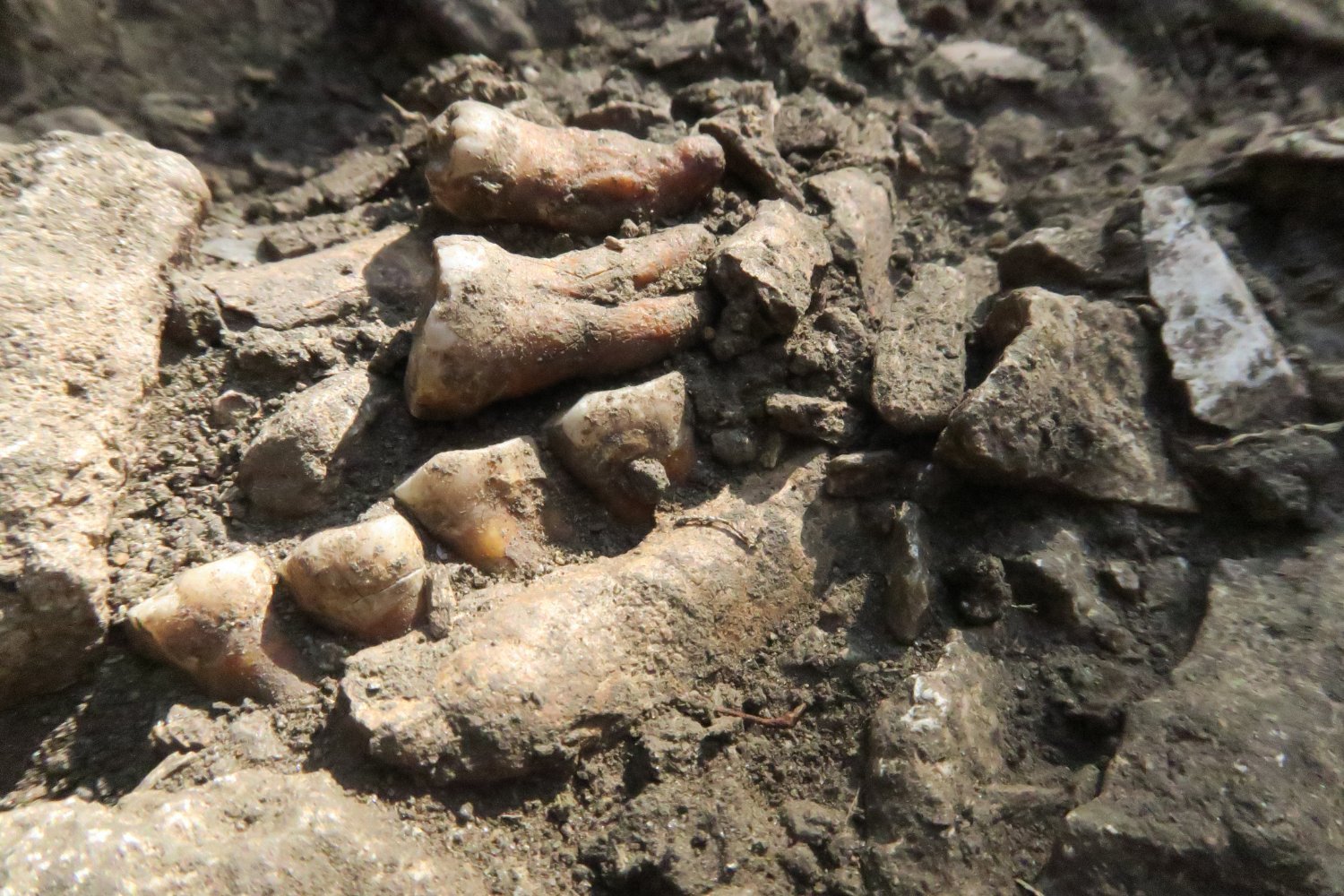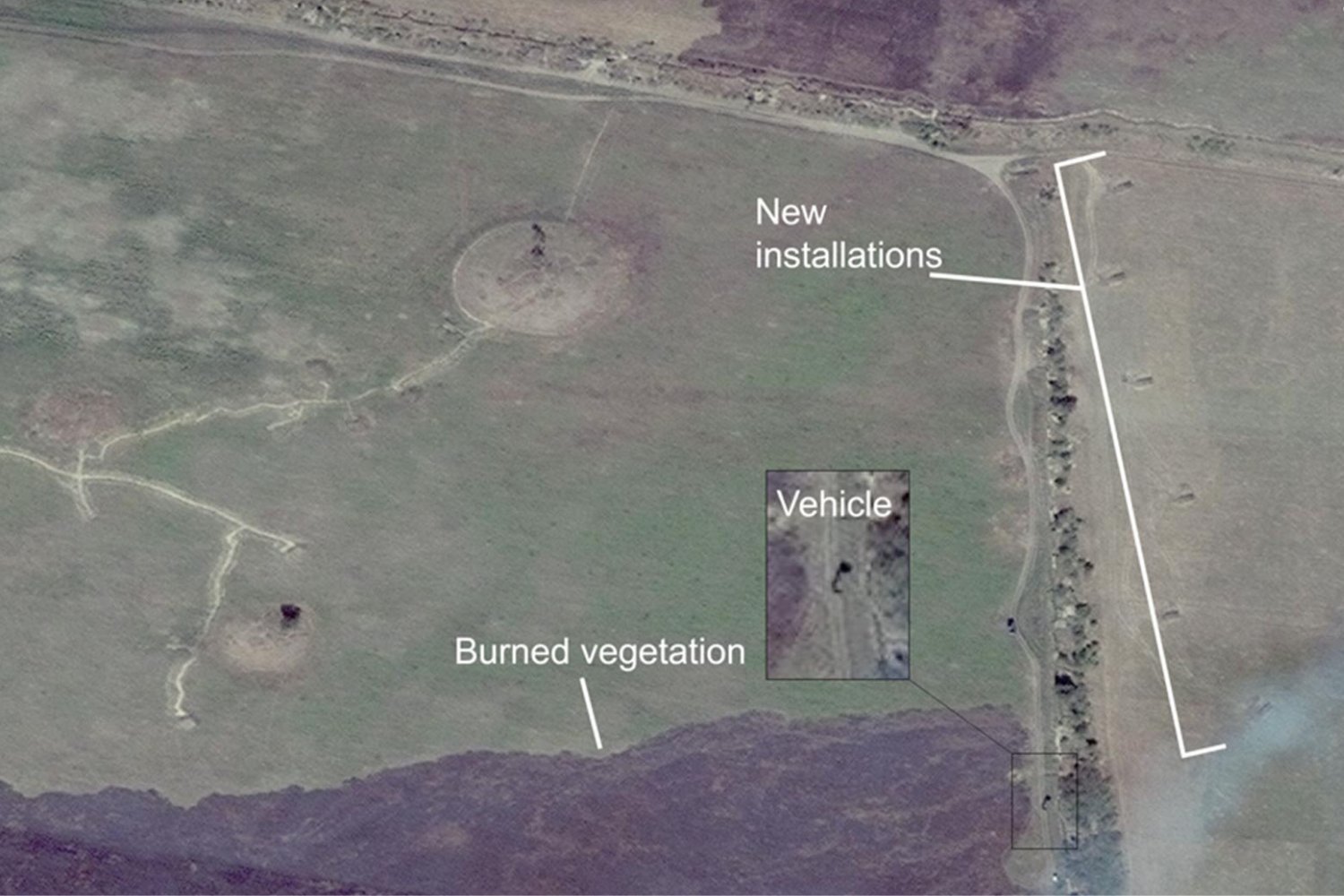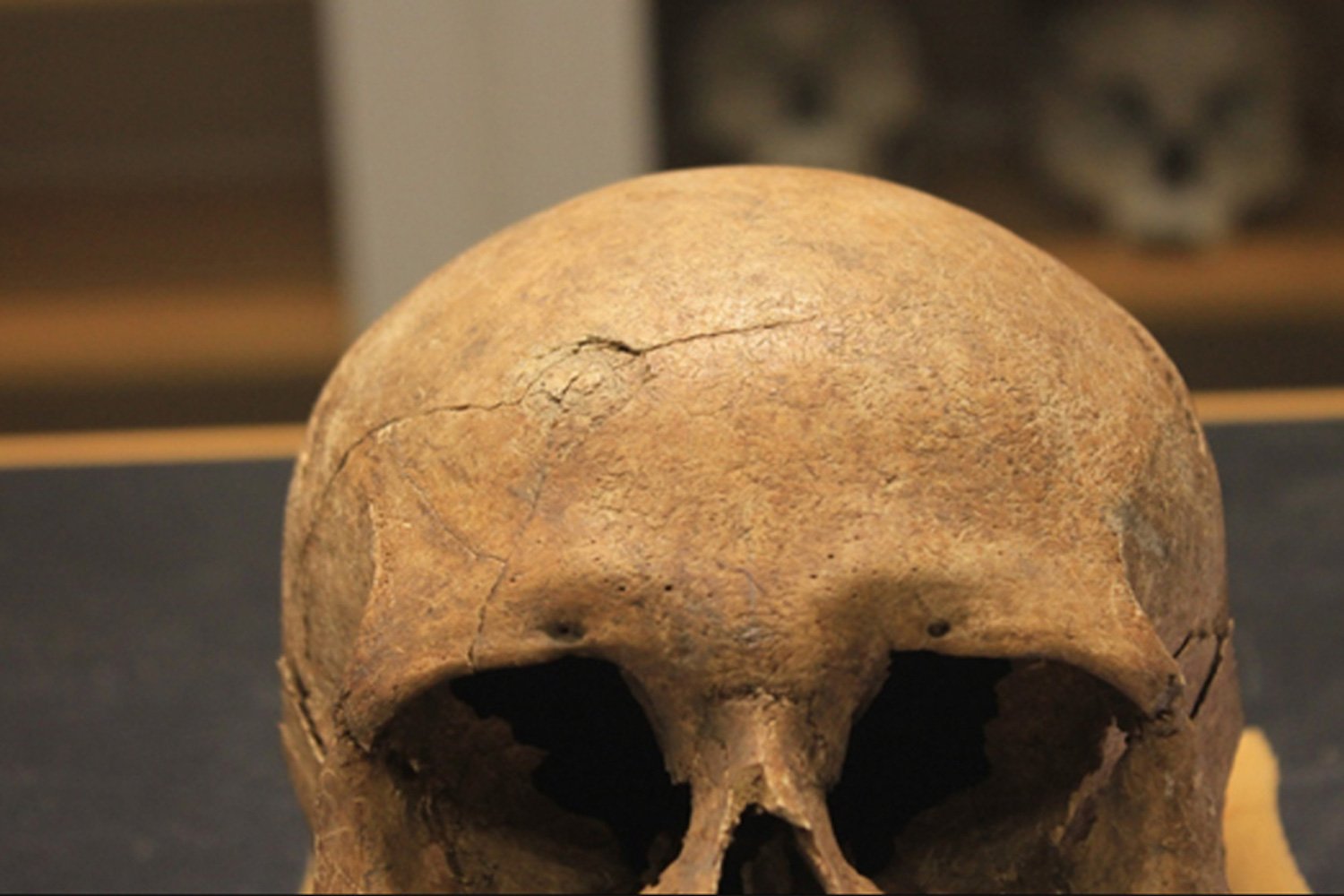The 45,000-year-old Neanderthal fossil, dubbed Thorin, discovered in France’s Grotte Mandrin cave, reveals a unique genetic lineage. Analysis of Thorin’s genome indicates a separation from other Neanderthal populations for at least 50,000 years, offering insights into Neanderthal population dynamics. Grotte Mandrin itself holds significant archaeological importance, housing evidence of both Homo sapiens and Neanderthal occupation, including the earliest known evidence of bow and arrow use in Europe.
Isolated Neanderthal Population
Comparison of Thorin’s genome to other late Neanderthals highlights a lack of genetic exchange with other groups for tens of thousands of years. Neanderthals, an extinct human species (Homo neanderthalensis), possessed distinct physical characteristics like barrel chests and prominent brows. While known to have interbred with Homo sapiens, leaving traces of Neanderthal DNA in modern humans, Thorin’s lineage remained isolated.
Genetic Clues from Gibraltar
Thorin’s genome shows similarities to a Neanderthal individual found in Gibraltar, suggesting a possible migration from Gibraltar to France. Notably, another Neanderthal population existed relatively close to Thorin’s group, yet no genetic mixing is evident. This insularity contrasts with the more interconnected nature of Homo sapiens populations, although some Neanderthal groups did interbreed with our species. These findings are further explored in the 2023 book The Naked Neanderthal.
Implications for Neanderthal Extinction
The discovery of Thorin and the genetic isolation of his lineage provides valuable evidence about small, isolated Neanderthal populations. This isolation raises questions about the role of limited genetic diversity in Neanderthal vulnerability to environmental threats like infectious diseases, as evidenced by the recent identification of the herpes virus in Neanderthal remains. This suggests a combination of population dynamics, structure, and epidemic processes may have contributed to their extinction.
Further Research
Further analysis of Neanderthal DNA from across Europe is crucial to deepen our understanding of their movements, interactions, and ultimate extinction. Thorin’s genome offers a glimpse into the complex history of this ancient human species, paving the way for future research to unravel more secrets of their past.











